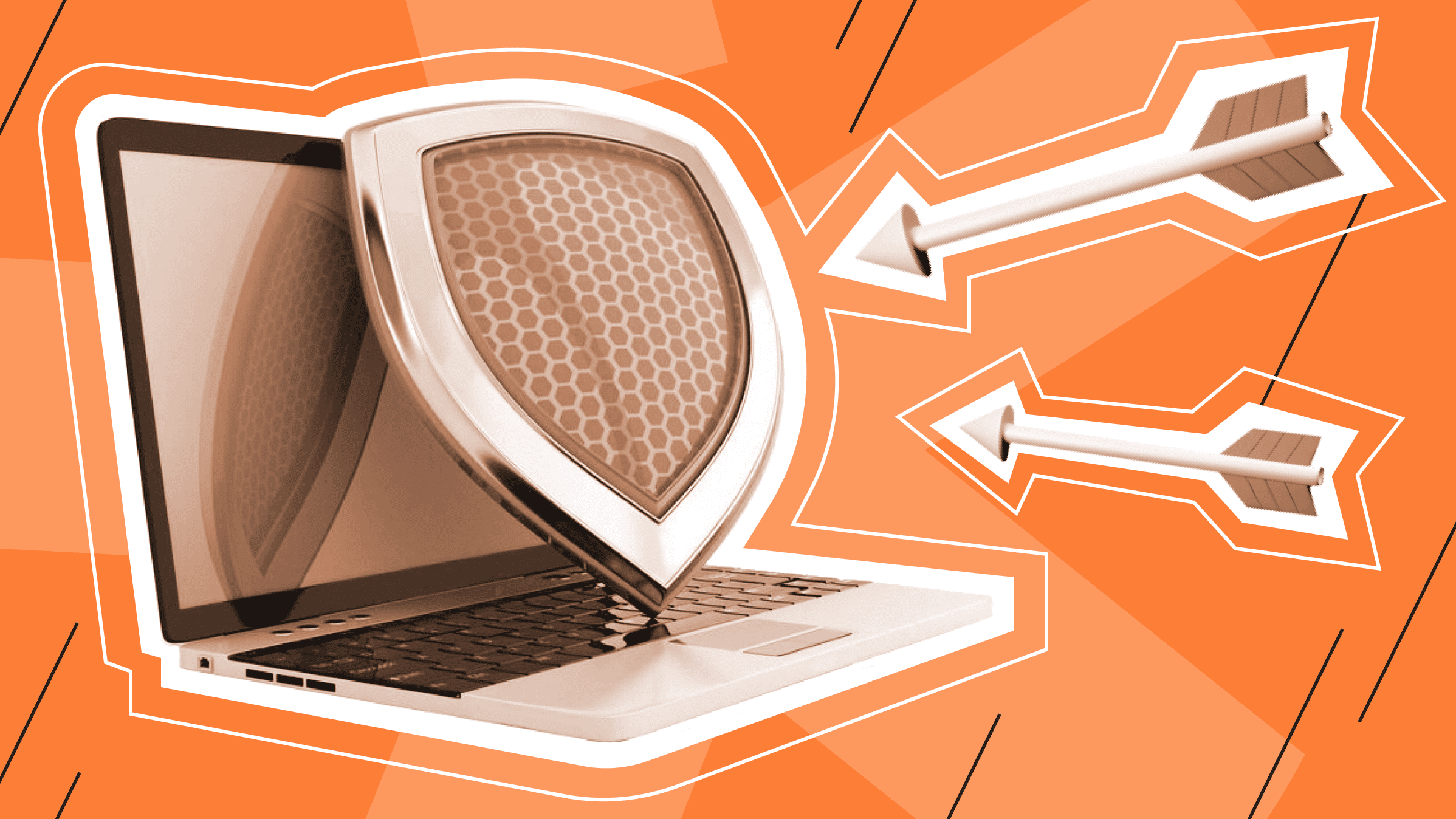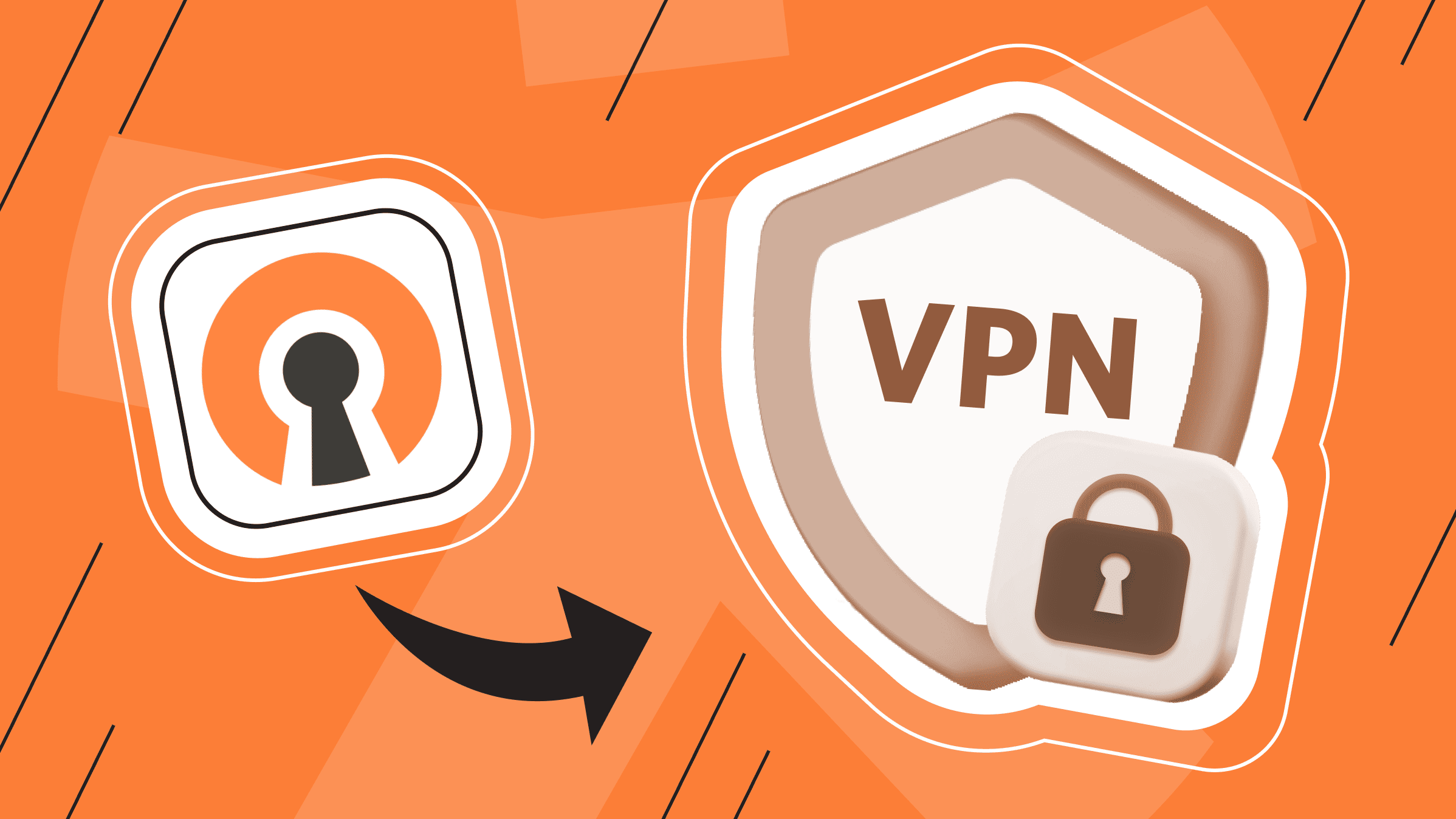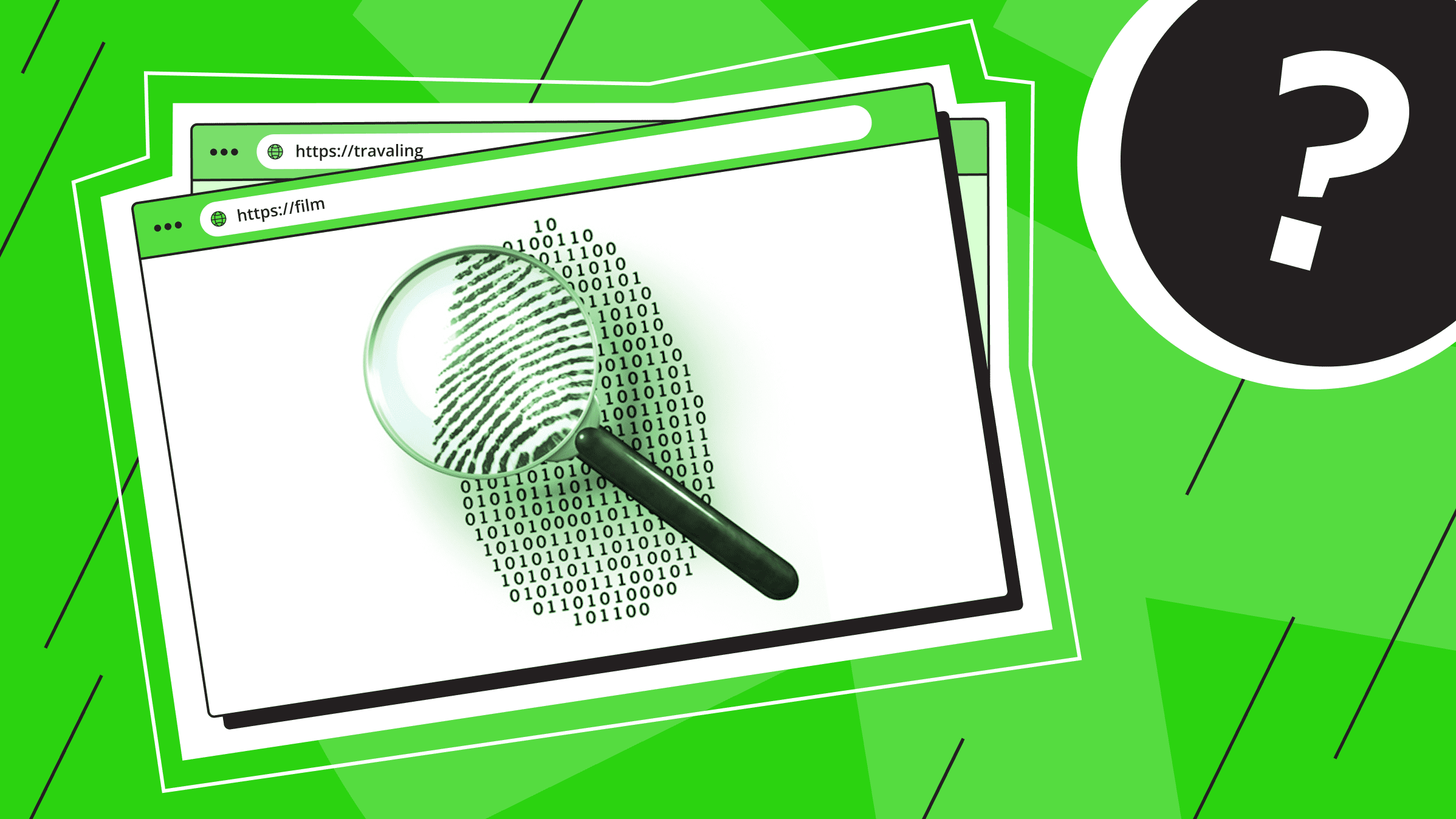
Do you use Smart Home technology to automate and control household systems? Do you wear a fitness tracker to record and carefully monitor your physical activity? If yes, you are also part of IoT (The Internet of Things). The Internet of Things has become firmly established both in the private lives of Internet users and in the working methods of organizations.
What is IoT?
IoT (The Internet of Things) is a collective network of connected and interconnected devices and technology that enables digital monitoring and control of the physical world.
The history of IoT
With the development of the Internet, scientists began to explore and improve communication technologies between people and machines. In the mid-1990s, well-known British technologist Kevin Ashton investigated radio frequency identification (RFID), which makes it possible to identify objects through radio signals, and came up with the phrase “Internet of Things”. The Internet of Things uses various technologies to connect the digital and physical worlds. Briefly, the work of IoT is described as something like this.
Physical objects equipped with sensors detect any changes and send signals to actuators, which, in turn, respond to these changes. Sensors and actuators communicate over wired (Ethernet) or wireless (Wi-Fi, cellular) networks to computing systems that can monitor or control the status and actions of connected objects and machines.
The following section will describe the architecture and technologies of IOT.
IoT Architecture & Key Components

The IoT architecture has a defined technology stack, which splits it into four key technological levels:
- Devices
Actual objects, the “things” in the Internet of Things, are equipped with sensors or associated software. Depending on their task in a particular IoT deployment, these devices come in different sizes, interfaces, shapes, and levels of technological sophistication and function as a link between the real and digital worlds.
- Software
There is Software responsible for real-time data collection and analysis, device integration, and communication with the cloud. It also enables data visualization and interaction with IoT systems.
- Connection
Connection technologies are specific solutions for physical connection. Such communications include cellular and satellite communications, LAN, ports, and protocols (ZigBee, Thread, Z-Wave, MQTT, LwM2M).
Key IoT connection technologies include: 2G, 3G, 4G, 5G, NB-IoT, LTE-M, LPWANs, Satellite (GNSS), and Bluetooth.
There are some features of these connections, depending on the need and nature of use:
- Traditional cellular technologies (4G, 5G) have high data transfer speed and wide range.
- Complex designs are optimized for mass consumption of voice and data services.
- Short-range technologies (Bluetooth Low Energy (BLE) and ZigBee) focus on data transfer speed and battery life at the expense of connection range.
LPWA (NB-IoT) technologies provide excellent battery life and coverage but low data transfer rates.
- Platform
A platform is a place (locally installed platform/cloud) for collecting, analyzing, and transferring data to the user in a convenient form. The platform is selected depending on the user’s requirements and the following factors: architecture, technologies, protocols, hardware independence, reliability, security, efficiency, and cost.
Benefits and Applications of IoT

The constant connection enabled by the Internet of Things, combined with data monitoring and analytics, provides companies with new opportunities to innovate products and services and improve operational efficiency. Indeed, the Internet of Things has become one of the most significant trends in the digital transformation of business and the economy since the 2010s. In the following sections, we will look at IoT application areas and draw conclusions about the benefits of using the Internet of Things in those situations.
The Manufacturing Industry
As we mentioned earlier, the ability to collect and analyze data from connected IoT devices allows manufacturers to gain unique insights into their manufacturing processes. The IoT has the potential to revolutionize the manufacturing industry, permitting businesses to operate more efficiently, improve product quality, and reduce downtime in production operations.
Benefits of using IoT:
- Remote monitoring of production operations.
Remote monitoring allows manufacturers to collect data on the condition of equipment and, if problems are identified, make adjustments and optimize the production process in real time from anywhere in the world.
- Quality control.
Sensors inside the IoT can monitor the production process, detecting and correcting errors in time. IoT can also help control the quality of goods during transportation and storage.
- Predictive maintenance.
Predictive maintenance helps reduce the risk of potential problems and downtime, avoid unexpected equipment failures, and reduce maintenance costs.
- Employee safety.
Businesses can minimize potential health and liability risks by using IoT sensors to enforce safety standards.
- Fleet management.
IoT helps optimize transport logistics and prevent problems by proactively identifying bottlenecks and obtaining data on transport movements. Given the current supply chain challenges, fleet management is one of the most important use cases for IoT in the overall manufacturing process.
- Workforce efficiency.
Since complex and repetitive tasks are automated, the employees of enterprises can save time and concentrate on their activities, thus performing their tasks more quickly and efficiently. Also, IoT devices will inform employees about the problems that have arisen without permanent control over production processes.
- Stock management.
Stock management in manufacturing is another significant benefit of using IoT. This is always a guarantee of the availability of materials and components necessary for the smooth operation of production. Additionally, IoT sensors can monitor inventory levels, allowing manufacturers to use this data to improve supply chain efficiency, reduce waste, and optimize stockpile levels.
- Product lifecycle management.
Using IoT to track the entire lifecycle of a product helps collect data on how it performs. These statistics will help you improve the product, create prototypes, and increase customer satisfaction.
- Asset tracking.
Tracking and visibility into the location of assets will reduce theft and increase security.
Healthcare
In a constant development mode, modern production systems require the constant introduction of innovative solutions and developments, and the health system is no exception.
New technologies improve not only the quality of patient care but also the performance of medical personnel. Special sensors embedded in the infrastructure of a medical institution make it possible to collect and systematize both data on doctors’ schedules and information on patient medical histories, which allows you to save time and quickly navigate this infrastructure.
An essential point in healthcare is using the Internet of Medical Things (IoMT) and various wearable technologies. First, IoMT allows for rapid data collection, monitoring of patient health, accurate diagnosis, and prescription of relevant treatment. Secondly, it enhances security and helps develop new strategies to combat various diseases.
Smart Homes
By definition, a “Smart Home” means the automation of household life systems. Basically, it’s the remote control of interconnected devices via the Internet using a mobile or other network device. Thus, it is possible to manage household appliances, multimedia devices, lighting, home security systems, etc. with a smartphone. Such use of IoT in human life and automation of devices in homes creates convenience and additional control and security.
Challenges and Concerns of IoT

The ability to connect physical objects to their control devices increases efficiency and, in some cases, saves money, and the expansion of these connectivity points and networks opens up new opportunities, though not without serious risks and challenges.
Challenges and risks of IoT implementation:
- Confidentiality.
The main challenge of IoT is protecting personal data and preventing unauthorized access to information. As with any cyberattack, hacking, and data leakage can have serious consequences.
- Standardization.
At the moment, there are no uniform standards for IoT devices, which creates difficulties in their integrated and collaborative work. Standardization is the key to successful IoT implementation.
- Safety.
It is a known fact that as the number of connected devices increases, the vulnerability to cyberattacks increases.
- Privacy.
The use of IoT both increases the security of private life, using various surveillance and control systems, and penetrates deeper and deeper into it and violates the boundaries of privacy.
- Energy consumption.
The use of IoT devices leads to energy consumption, which has a negative impact on the environment.
Emerging Trends in IoT
Beyond the Internet of Things, additional key factors include artificial intelligence (AI) and machine learning, industrial IoT and robotics, big data and Internet of Things analytics, digital twins, and 5G.
Industrial IoT and Smart Manufacturing
Smart manufacturing using the Internet of Things, also known as Industry 4.0 or Industrial IoT, provides full visibility of assets, processes, and products in global markets with stiff competition.
Smart manufacturing helps optimize business processes, increase productivity, increase return on investment, and protect and monetize corporate operations.
The main point for enterprises is the conscious transition to smart production.
The keys to industrial IoT success are:
- Connection of equipment and integration of various industrial data.
- Safety of industrial systems.
- Protection (licensing) of your company's intellectual property.
Artificial Intelligence (AI) and Machine Learning (ML) Integration

Thanks to the Internet of Things, billions of devices, industrial machines, processes, and users can exchange data with each other without specific centralized coordination. However, storing, processing, and exchanging high-volume data is extremely difficult. Artificial intelligence (AI) comes to the rescue here. AI combined with IoT plays an important role. It will help to increase the value of various types of data collected and recognized by IoT devices and, consequently, and find an effective solution for developing products and services, capable of meeting the expectations of consumers from various fields.
While the integration of AI with different intelligent systems for different industrial applications offers a number of advantages, the use of AI with IoT often raises a number of challenges related to the quality and accuracy of the conclusions drawn from the collected data.
Machine learning (ML) is already helping here.
In recent decades, machine learning (ML) methods and technologies have appeared in AI. The Internet of Things may contain devices using machine learning and artificial intelligence.
While artificial intelligence is often described as a machine application that imitates intelligence, machine learning is a subset of artificial intelligence that allows a machine to learn from the data it has access to.
In ML, there are several disciplines that allow machines to learn by trial and error and learn from results. Training includes pattern recognition, regression analysis, and prediction.
Therefore, while ML as an aspect of AI is still at the beginning of its development, it already allows minimizing the number of errors and increasing the efficiency of the Internet of Things in combination with AI.
Edge Computing and Fog Computing
The main obstacle to IoT development is the centralization of cloud services. A centralized control system involves transferring (and processing) huge amounts of data into and out of the central cloud, leading to overloading of transportation networks and delays in online management.
So new technologies «peripheral computing» and «fog computing» (Edge Computing & Fog Computing) appeared, which eliminate these shortcomings through a decentralized approach.
Edge computing is a decentralized computing model that brings data processing closer to the data source. This model is based on the idea of data processing at the edge of the network, rather than in a cloud or centralized data center. The idea of edge computing is to reduce the amount of data that must be sent to the cloud or central server for processing, thereby reducing network latency and improving overall system performance.
Fog computing is a distributed computing model that extends the capabilities of edge computing, providing the level of computing infrastructure between peripherals and the cloud. This infrastructure is called the fog layer and provides additional computing resources and services to peripheral devices.
Key benefits of edge and fog computing:
- Reduce latency by processing data closer to the source.
- Improves security by providing additional security measures for peripheral devices, such as encryption and authentication.
- Scalable to meet the needs of large and complex systems.
- Cost-effective.
- Redundant due to the distribution of computing resources.
With the rise of edge and fog computing and increasingly complex data requirements, high-speed networking is required to meet real-time needs. 5G is the generation of wireless communications that addresses the growing complexity and specialization of edge and fog computing.
5G and Low-Power Wide-Area Networks (LPWAN)

5G was designed to meet the industrial Internet of Things requirements and is a catalyst for new industrial transformation.
The 5G technology is the fifth generation of wireless communication, which provides greater flexibility, cost control, and quality control and offers faster speeds, shorter latency, and higher bandwidth than previous generations.
Due to the growth of technology and the Internet of Things, the volume of processed data is growing. Due to its capabilities, 5G can support and scale up some applications. Modern mobile infrastructure was not designed for such an information load.
5G will undoubtedly improve the performance of processes in smart enterprises, mobile communication technology, virtual reality, and edge computing. 5G will be an integral part of the development of such large-scale systems as smart cities, healthcare, and the environment.
Another future wireless network is the LPWAN (Low-Power Wide-Area Network). It also provides long-distance high-speed data transmission but boasts energy efficiency, which is unusual for other long-range, high-speed wireless connections.
Blockchain for Secure IoT Transactions
As the practice of developing new IoT technologies shows, decentralization of computing is an irreversible trend of IoT development. Blockchain is also based on the principle of decentralization, so it fits into the IoT architecture very well.
Therefore, the advantages of AI, IoT, and Blockchain distributed ledger technologies will only work most effectively when they interact with each other. This will lead to the emergence of “Intelligent Entities”, both hardware and software, that can interact with each other, where the Blockchain will act as a universal digital ledger to perform transactions of various types between devices.
With the significant growth of IoT, it will be possible to quickly and easily solve several critical problems related to scaling and adapting to the rapid emergence of connected things, as well as security and data protection.
Future of IoT
With every decade and every year, IoT is changing almost all spheres of human activity, improving the quality of our lives and increasing the efficiency of various industrial processes. The synergy of the Internet of Things with artificial intelligence and machine learning, coupled with the evolution of cutting-edge wireless networks and a shift towards decentralized data management, promises to enhance the performance of IoT, making it even more efficient and secure. No one can predict the exact course that these connected technologies will follow. Also, all possible risks and social problems they may cause are unknown. Still, one thing is clear: the Internet of Things continues to have a profound impact on life, creating a bright and comfortable world for future generations.
Personal VPN
Stay anonymous online with a dedicated IP and don't endanger your personal data.
Get $5.00/mo

